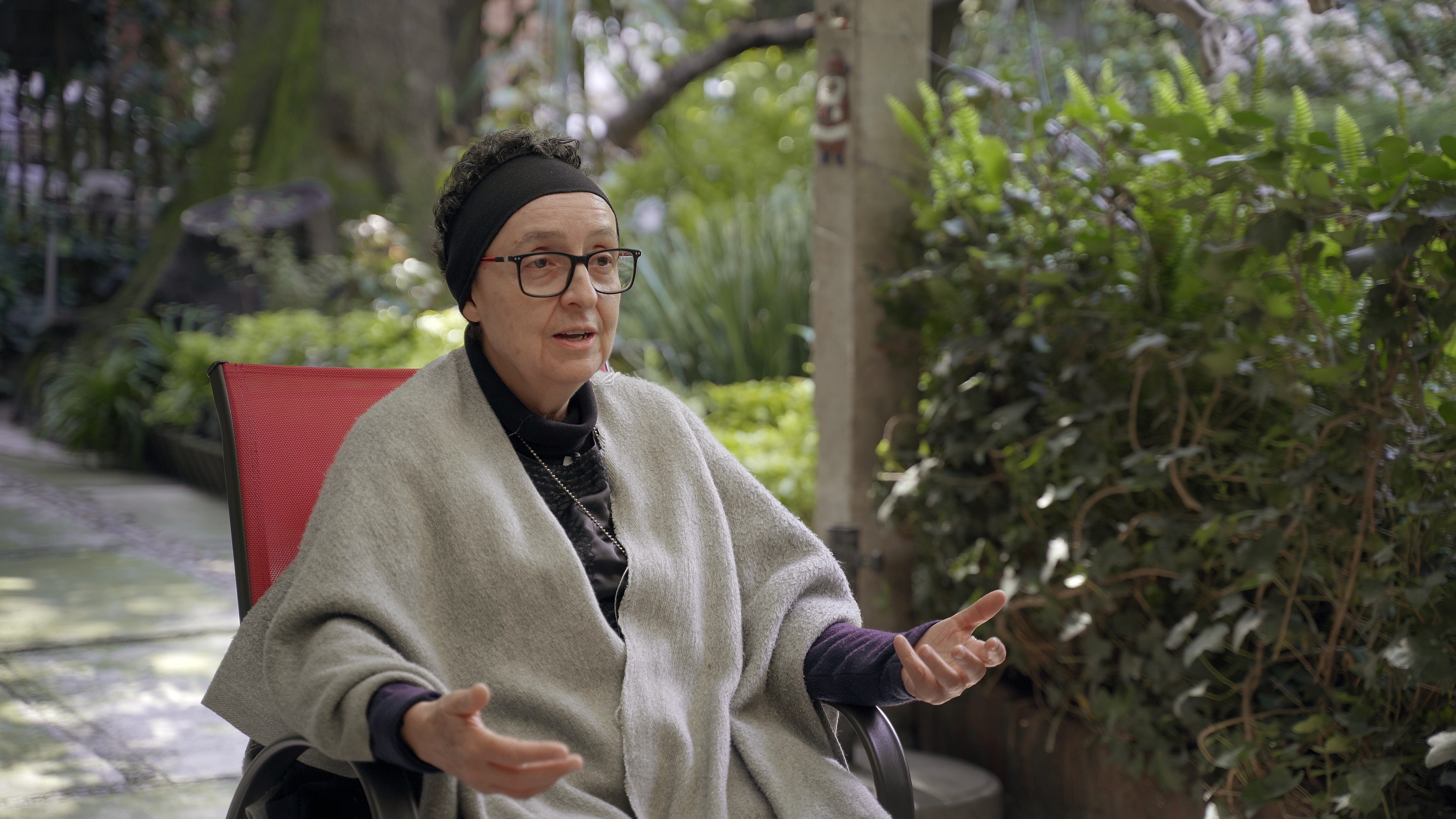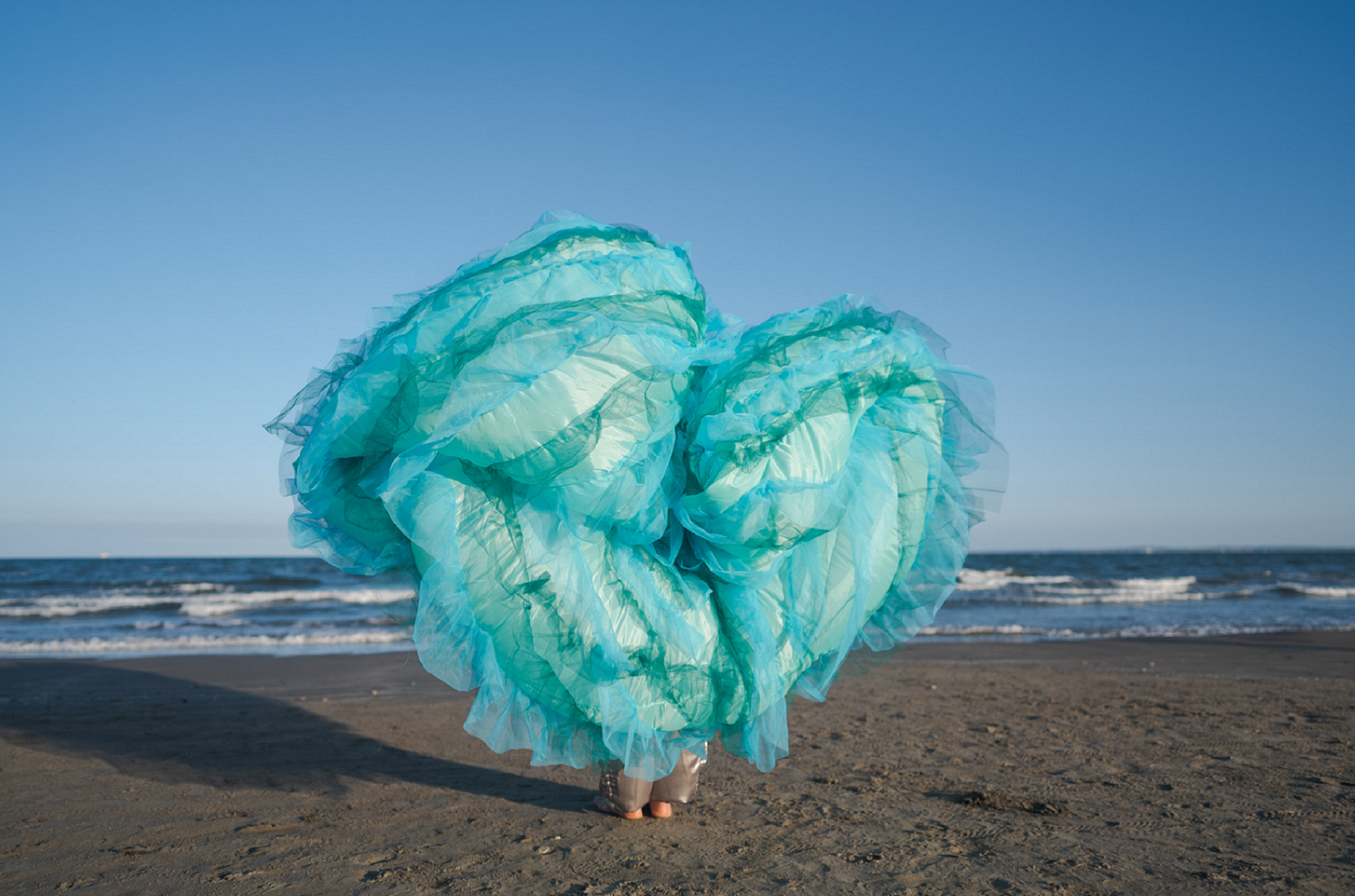Javier Zugarazo: How is Marejada constituted?
Learning from the Periphery and Affection
Paola Eguiluz (Ecatepec, Mexico, 1986) Visual artist, curator, and art historian. She holds a degree in Visual Arts from the Universidad Autónoma de Querétaro, and an MA in Art History in the field of Curatorial Studies at UNAM. Her lines of work and research address issues such as peripheries, the body, decentralized feminisms, language, and landscape. In 2019, she created Marejada. Undiscipline with a gender perspective, a project focused on giving visibility to women's artistic practices that do not fit into the hegemonic art circuit.
Paola Eguiluz: Marejada has been made up of many people. It is something that has been experimented and carried out as we go along; it is not something stable or static. There have been many collaborators, but there are four of us who have been through different stages and processes. Besides myself, there is Getsemaní Guevara, we both studied for a master's degree in curatorial studies and art history; then she introduced me to Estefany Salas, a historian, who contributed the hard data, and made a calendar of feminist ephemeris called "We are not hysterical, we are historical," which included events from both centuries ago and contemporary digital culture that involved women and feminisms. And then Dani Valle, an artist and producer, approached us with an interest in supporting Marejada. Skills and knowledge were added at different stages.
I understand that Merejada works with the periphery, not only geographically but in relation to everything outside the center of power. What are these other peripheries you work with?
Yes, our first approach was to think of the periphery as a geographical issue, but later we opened up to other discursive elements because the periphery implies a lot of issues that have to do with the fact, from the historical point of view, of being women, women creators, who have been on the margins, but also the type of practices. For example, we had an exhibition at Galería Unión called La invención de la periferia, in which we were all artists from the state of Mexico, and there were very interesting elements because we had to see the ways of producing and the themes that interested us. There were a couple of comments that said: well, everything seems very homemade, very homely, crossed by the body... and yes, we have also thought about these practices, and we can see it historically; most women, mainly in Latin America, have worked with the body.
Performance is one of the means because it does not imply having one of these big artists' studios, with assistants in their super-lit atelier and all the materials available; the reality is that many women creators do not have that. And we can also see in this exhibition of Radical Women in Los Angeles, that the body was the engine, the axis, the trigger, the medium, everything, and so if the reality is that it is through the body, the cuerpa, that practices were produced, then yes, it is something constant.
Yes, thinking about these strategies of not aestheticizing or trying to look like contemporary art that is exhibited on the white wall, but rather they are strategies of socialization of the works of the experience of the people.
Yes, for example, Getsa and I come from an academic background, working in museums, etc., so there was a bit of a clash with breaking with all these exhibition devices that you have been taught in the master's program or that you have experienced at work. The idea is to let things happen, to let the spaces also speak. For example, we did another exhibition that we were invited to put on the fence that was next to a taco stand, so we did a mega mural there on the occasion of 8M. That made us think about the street and about certain conflicts regarding following certain parameters, such as whether to make a technical card or not, put a QR, give more information, make a curatorial text or just leave it; things that seem very basic, but aren't really.
Spaces Outside the Center
In relation to the Memorias Margeniales project, I feel that they make a link between the genealogy of women artists from these spaces outside the center with artists who are starting out; there has been a contagion of strategies, of survival, of survival as artists and as women artists. What have you found there?
The truth is that it is very nice to be a space of support and containment. In the last session, we were talking about these genealogies of art and what character you think you are within the art world, and many of us agreed that we were 'the disenchanted'. The disenchanted ones are this group of women who have been in art for many years, who perhaps have had the opportunity to exhibit and work in different places, and you come up against the reality that they are not going to change, that they are very whitewashed, heteronormative spaces, that do not make room for other types of realities and other types of creators.
So it is a feeling of 'what are we doing here?' But in the experience of women who have been doing this for more years and girls who are in their bachelor's degree, it is good to see what we do, how we do it, and also the younger ones contribute ideas that do not even cross your mind, and there share strategies in all senses.
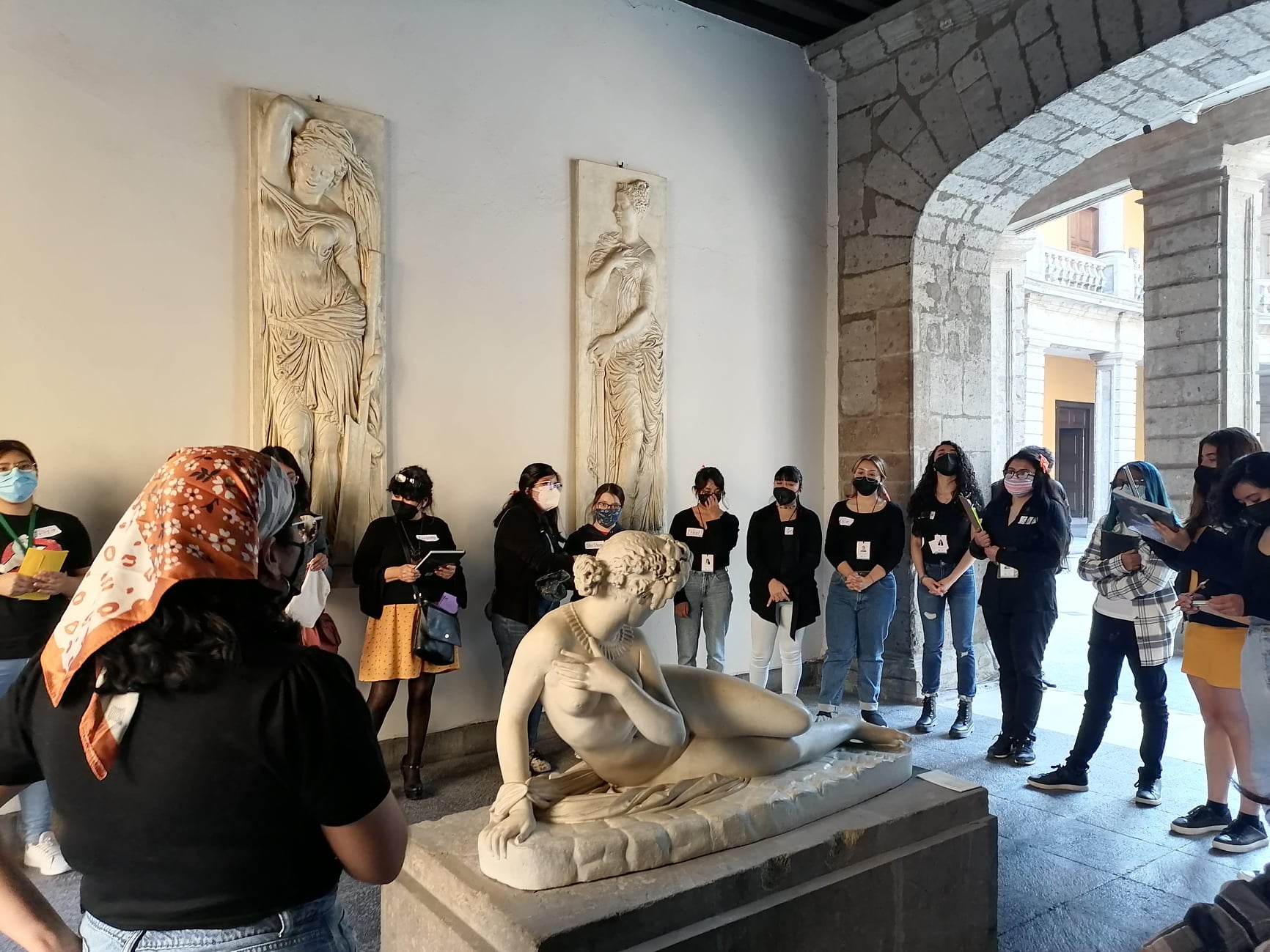

I think the interesting thing about the laboratories is that some of us are from the peripheries of the state of Mexico, but there are many girls, for example, from Tijuana, Bolivia, Chile, Argentina... who live these same realities, although it seems impossible that these things happen in Latin America. So, as I was saying, it is a supportive space, because suddenly you say to yourself, what am I doing here, I mean, I am not going to change things, these same people are going to continue directing the institutions or these publications are going to continue publishing the same voices, the same type of content. So I think it is a space to open up a bit, to let off steam, but also to listen to others, and to know that you are not alone, that we are here, and that begins to create a network.
In the laboratory, how are the formats for transmitting knowledge?
At the beginning, to break the ice a little, we tried to present ourselves in ways other than I am this or I studied that, but to think about how else we can talk about ourselves, because that is important, to have our voice and recognize ourselves. It is always very difficult and many are embarrassed to say their whole resume, but if you have done a lot of jobs and you want to say it, why not? Or if you want to say that you are a fan of cooking or taking care of puppies or embroidery, go ahead! So, from the way we recognize ourselves and how we state ourselves, the first sessions tend to be more traditional. Then I introduce one of the guests, and she makes her presentation, and then this structure of I speak and you listen is broken, because there is also a lot of identification, of course, that happened to me, and from there the dialogue opens up.
Between what they share and when the participants begin to show their work, well, it is another world, because they have wonderful community projects, risography, fanzine libraries, embroidery, many are working with women's groups, mothers of disappeared persons, in other words, very dense, very strong things, and also issues of support for gender violence victims, sexual violence... So we are just the means for all the others to share. I really like to know what they are doing in distant places, that they tell us about things that I am totally unaware of. So I think that's when we start to break this vertical format, which we fight a lot for it not to be like that, but it's like a trigger to have a guest talk to us about her experience. The idea is that you share your experiences from the point of view of affection and that you raise questions. And then this part of the collective exercises is very interesting, we do things like the tree of the ancestors, which is an exercise that several times we even ended up crying because the recognition of ourselves in the others is usually very strong.
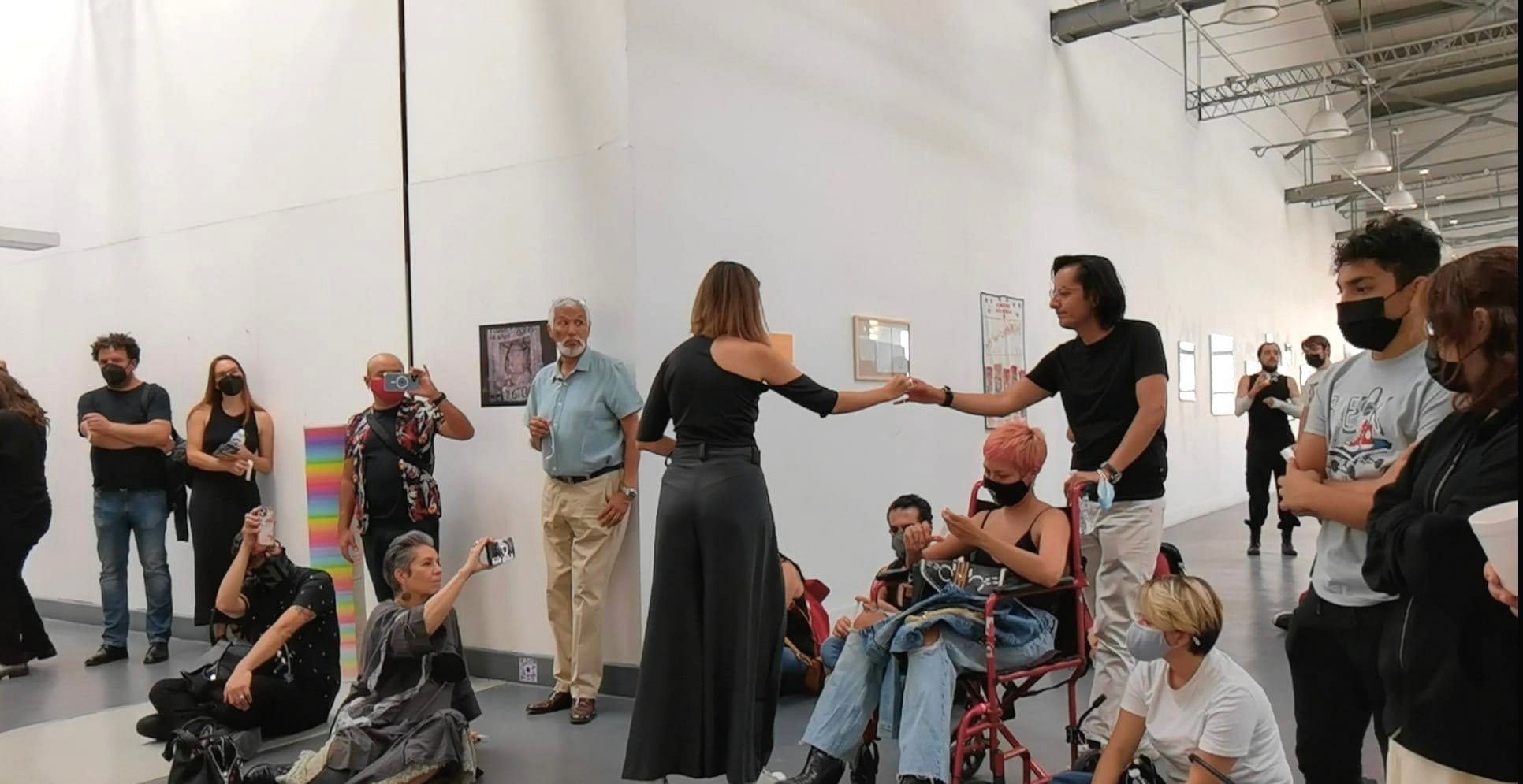
You once wrote for the magazine Chiquilla, te quiero a text about the work of Bruno Martinez and you talked about the romanticization of the periphery; who romanticizes the periphery or how is this part of the city romanticized?
In the two editions of the laboratories we have talked about how to approach or what periphery is, and many said they were in the process of recognizing themselves as 'peripheral women'. We started with the question of whether or not I am or am not peripheral, and some said I am not because I went to university or I have a job or I have a car; so we asked ourselves what is periphery or what do we understand or why do we assume ourselves as such.
I think it is also a very curious process when you recognize or assume yourself as a feminist or as something, so it is very curious to listen to them because I don't feel that I recognize myself as peripheral.
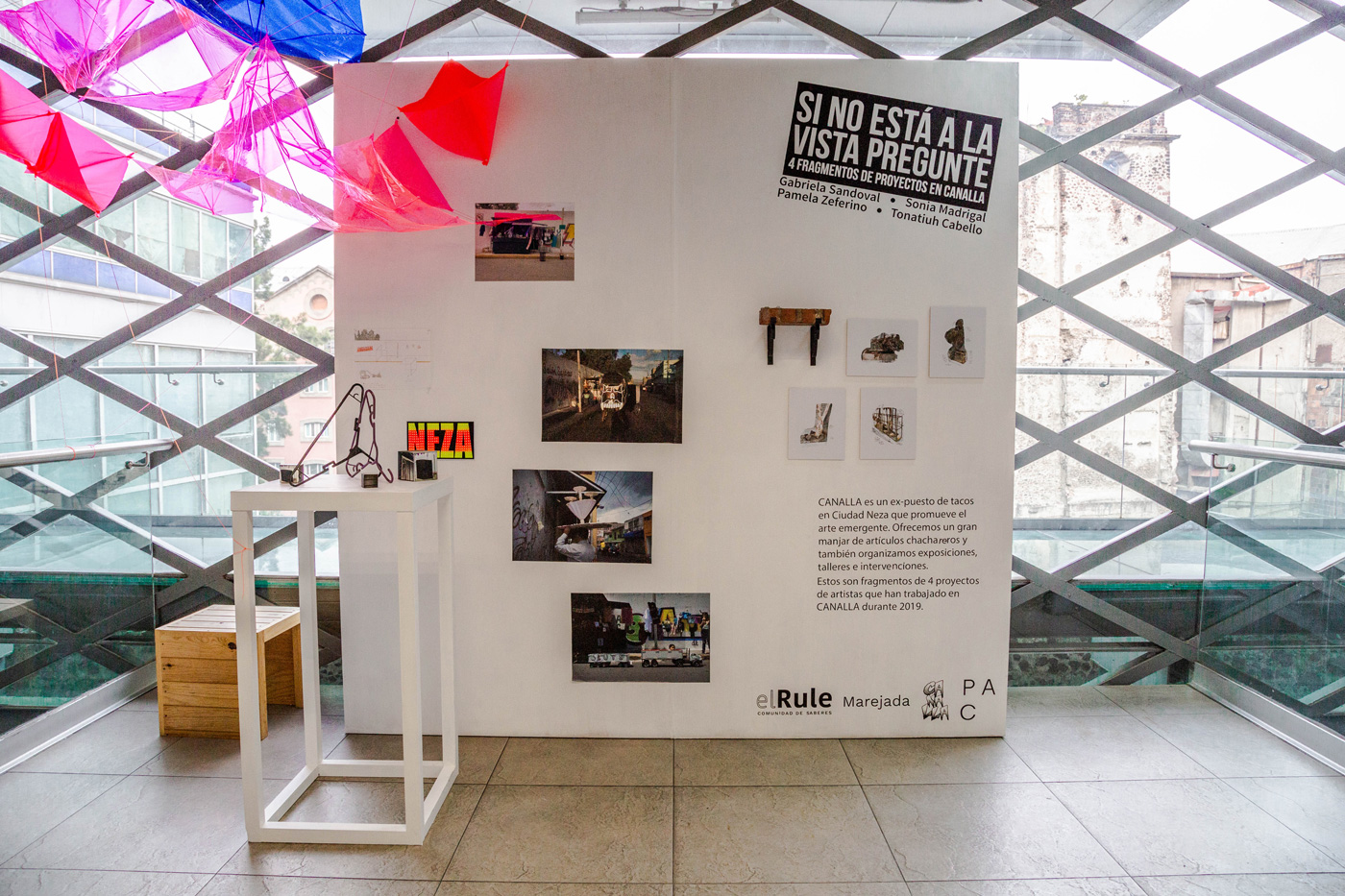
It's not that we have to recognize ourselves as such. I mean, I do it as a statement of life, of creation, but it is to think about the periphery from the academic point of view. About this, we did a workshop at the Cultural Center of Spain, called "We are the periphery that does not fit in your academia," which was about thinking among all of us what this is and how the academy is now addressing these issues.
In this edition, we invited a girl who is doing a post-doctorate at the Ibero and who did a doctorate in Australia on the periphery of Mexico. It generated a lot of conflict and interest for me, to be honest, and I was a little afraid. She told me that she had seen our workshop in Spain and, well, that she was the academy that is capturing the periphery. And I wanted to listen to her because, precisely, I don't know where this is going, how it is that everything is copied by the center and in the end everything is inserted in the discourses, either by agenda, by interest, by whatever, and finally these marginalized projects end up in museums and in books in some way or another. And it is to think about this place that has been exoticized, romanticized, denigrated, and ridiculed in networks, and in memes.
There is an apparently homogeneous construction of what the periphery is: what it smells like, how we people who live in the periphery see ourselves, how we dress, our skin color, that is, there are a lot of social, classist, racist implications, but also the reality is that many cultural agents who have other means and other possibilities travel, as Gerardo Mosquera said in the nineties, to the south, to these peripheries of the world, as a traveling curator, to see what I can find and what I can take from here. Look, I am making a library of publications about Ecatepec, and almost no one I have is from Ecatepec; for example, there is a book by a writer who did everything through Google and talked about Ecatepec and these spaces and social dynamics. It is shocking. I always keep thinking about these voices that come for a couple of minutes, weeks, or months, do a very specific project, and think they are authoritative.
I mean, I do believe that there can be something positive because I am not going to deny the importance of these projects, but it is like a foreigner comes, someone external, to validate us, to recognize us, to make us visible. It is like talking about otherness but with these resources or from certain aesthetics or discourses. So, yes, there is this text of romanticizing the periphery, because it is not about going to extremes because the reality in these spaces is complex; that is, it is not that oh, it is incredible to live in the periphery, I am a fan, it is very difficult, but I think we just have to be very critical, and that is something we try to work on in the laboratory, to be very critical and self-critical.
